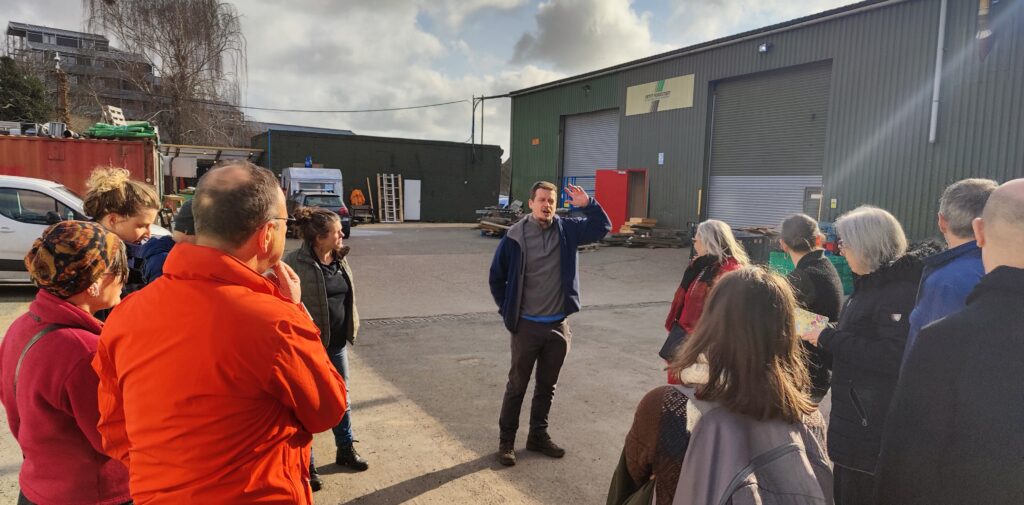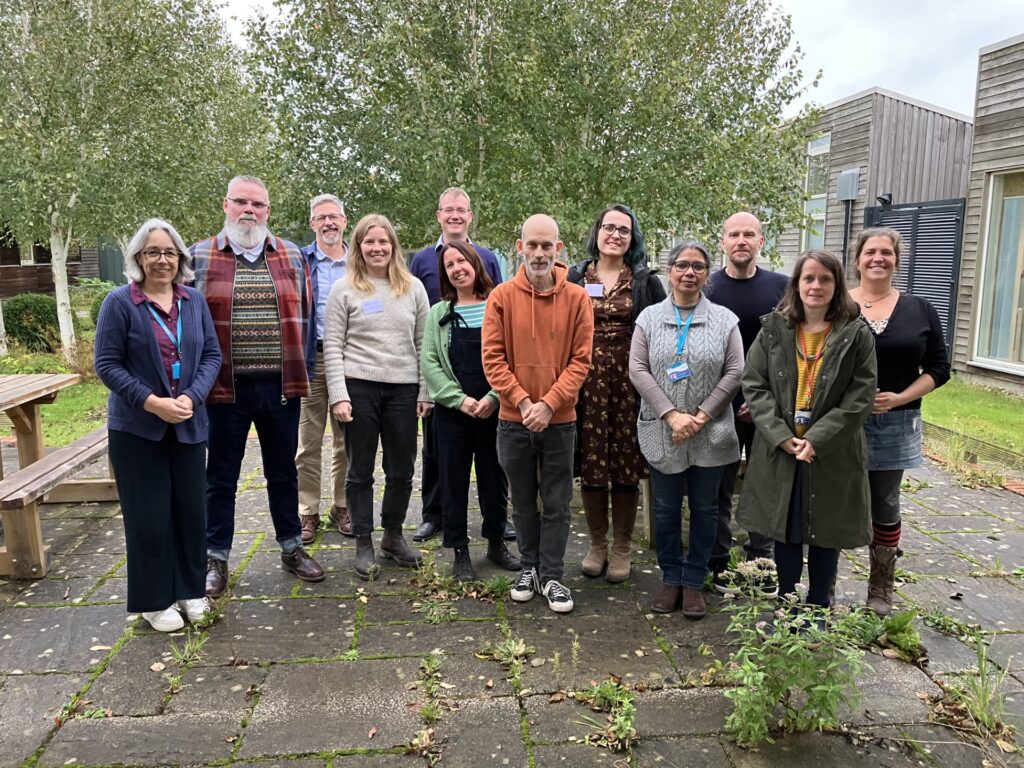Sustainable Food Procurement
Hubs in Wales
From September 2022 until June 2023 the Open Food Network (OFN) worked on a groundbreaking pilot to demonstrate the feasibility of supplying food from local, small-scale farmers and growers onto the Welsh public plate. Working with partners from Social Farms & Gardens, Cultivate, Development Trusts Association Wales and Foothold Cymru, we aimed to demonstrate that the public sector CAN procure efficiently from local producers using methods that benefit the natural environment and local prosperity.
The project received funding through the Welsh Government Rural Communities – Rural Development Programme 2014-2020, which was funded by the European Agricultural Fund for Rural Development and the Welsh Government, to pilot two new procurement food hubs in Carmarthenshire and North Powys.
The Open Food Network facilitated the purchasing of over £4,200 of local produce by the public sector over the course of the project, working with 14 suppliers and 12 buyers across the two food hubs.
How do Procurement Food Hubs work?
Our short film shows how local produce gets to public sector chefs via a community-anchored food hub, and what benefits this delivers to growers, chefs, public sector bodies, and consumers.
We developed new technology to work alongside the OFN platform to support the aggregation of produce within the food hub and to streamline the ordering and delivery process.
Find out more
- Read the independent evaluation of the pilot conducted in Carmarthenshire and North Powys.
- Check out the full report published on the project entitled ‘The Role Of Public Procurement In Transforming Wales’ Food System‘. This focuses on the role that the Welsh public sector could play in stimulating a substantial increase in horticultural outputs produced in Wales.
- Take a look at our review of the project, available in English and Welsh
Sustainable Food Procurement Hubs: the people in the Welsh procurement pilot
Read this case study to learn more about who is behind the Welsh procurement pilot.
There is increasing interest from public sector buyers keen to source local food. To meet the broad range of food requirements, this means buying from new producers. A key barrier to buying from more local producers is size – many producers are smallscale, whilst the public sector has high demand and rigorous administrative requirements. There is a need to consolidate produce from multiple smallscale producers who could collectively meet the volume and administrative requirements of the public sector contracts.
This case study is intended to encourage public sector procurers, food hubs, growers and other food producers to draw from our experience of a project that ran from March 2022 to June 2023. Our project enabled a care home, a college, a country park and multiple schools to source local produce from a network of local growers and other food producers coordinated by two food hubs using the Open Food Network platform.
Project partners








